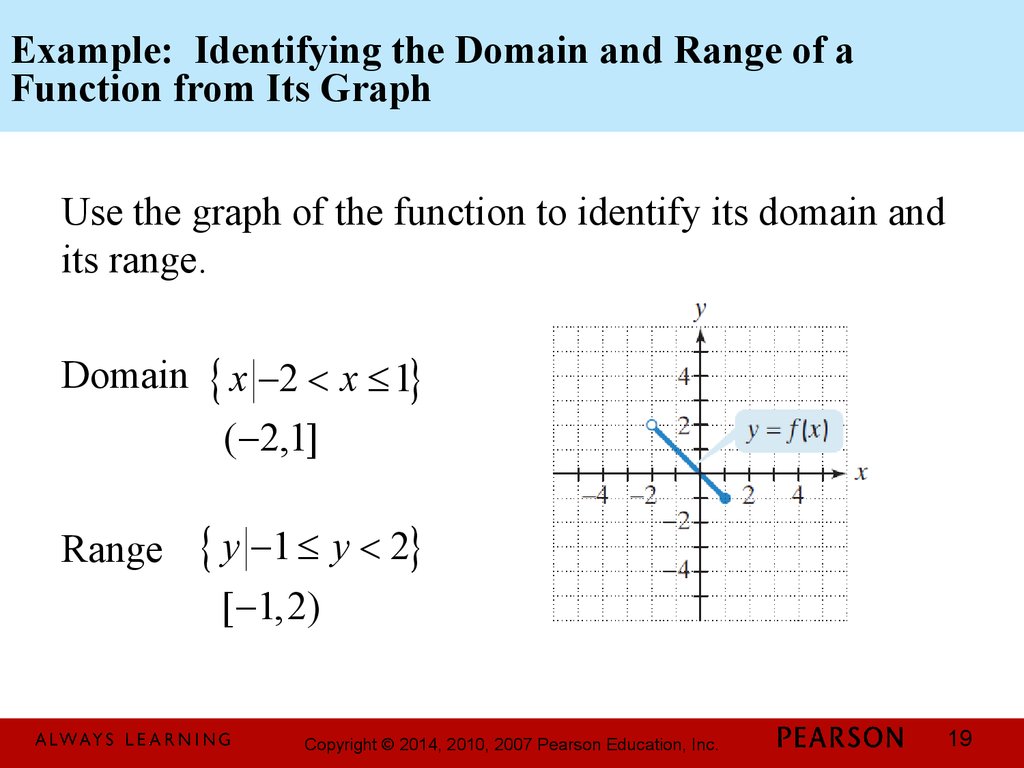
Categories for the Working Mathematician.
DOMAIN AND RANGE OF FUNCTIONS MAC
Mac Lane, Saunders (25 September 1998).An Introduction to Mathematical Reasoning: Numbers, Sets and Functions. ^ "Domain, Range, Inverse of Functions". The domain of a function is the complete set of possible values of the independent variable.Have you heard of theoretical/practical domain and. You can see that there is some point on the curve for every y y -value except y 0 y 0. Domain is actually the inputs of a function (x-values) and range are the outputs of a function(y-values).


The range is also all real numbers except zero. For every polynomial function (such as quadratic functions for example), the domain is all real numbers. With such a definition, functions do not have a domain, although some authors still use it informally after introducing a function in the form f: X → Y. The domain of the function f(x) 1 x f ( x) 1 x is all real numbers except zero (since at x 0 x 0, the function is undefined: division by zero is not allowed). a > 0, the range is y k if the parabola is opening downwards, i.e. It is sometimes denoted by dom ( f ) where a problem is posed, making it both an analysis-style domain and also the domain of the unknown function(s) sought.įor example, it is sometimes convenient in set theory to permit the domain of a function to be a proper class X, in which case there is formally no such thing as a triple ( X, Y, G). For every polynomial function (such as quadratic functions for example), the domain is all real numbers.

In mathematics, the domain of a function is the set of inputs accepted by the function. Graph of the real-valued square root function, f( x) = √ x, whose domain consists of all nonnegative real numbers


 0 kommentar(er)
0 kommentar(er)
